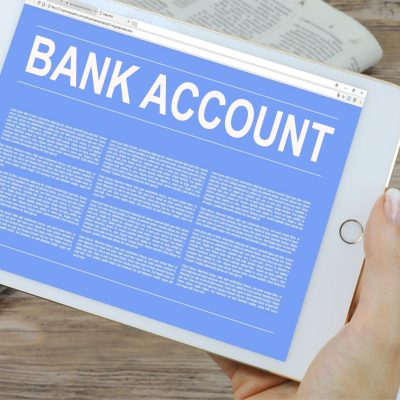Let me explain you first what is open banking, in layman term.
So when you share your financial information (like your ATM card details, Bank receipts, Bank details, or you get registered on UPI) securely and electronically to other banks and authorized financial organizations for any payments, this process of sharing information is called open banking.
The next question will be, what is the use of open banking?
Earlier, mobile phones were only used for calling, now with third-party apps (PayPal, Razorpay, Paytm, Google Pay) installed in smartphones, people can send or receive money from anywhere around the world.
Also, a person can get an instant loan, with the touch of a button, earlier this wasn’t the case.
The myths has also started accompanying the evolution of open banking since 2018.
Here are few myths of open banking:
1. My data may be shared without my permission
This is untrue. Financial institutions cannot share your data without your permission. Put differently, they can only share your information with others if you give them permission to do so.
2. My money might be lost
The security of personal information has drawn criticism from some. Most Open Banking online services, though, should be just as safe as those offered by your bank. In order to prevent anyone from intercepting the data you exchange with your open banking provider, sensitive information like passwords and account numbers will be encrypted.
3. Money lost to fraud cannot be recovered
In order to safeguard you in the event of any problems, such as fraud, the financial services providers that possess your transaction data must be insured. Your bank is obligated to settle the dispute and give you your money back.
4. It’s bad for my bank
Certain individuals express concerns that Open Banking may negatively affect their financial institution since it gives users additional options. In actuality, the majority of banks are “open” to open banking; in fact, it will probably help them function better.
5. It’s difficult to navigate
In actuality, Open Banking streamlines and simplifies banking procedures. Rather than depending solely on debit and credit cards, you can send a payment request to your customers’ bank accounts using Request for Payment technology. As a result, the process is more transparent and account balances are updated instantly.



